The power grid is energized 24 hours a day, 365 days a year. Behind the scenes, the way that we keep the lights on across those 8760 hours varies dramatically. As new clean energy resources penetrate the grid, we need to accurately account for the impact each new asset has on decarbonization.
Success in accurately accounting emissions associated with electricity requires a deep understanding of 8760 time-series data and a sophisticated infrastructure to ingest and manage that data, which makes it challenging for companies to get it right. Advanced energy data handling has been at the forefront of Amperon’s core business for 5+ years, and carbon analytics is the newest layer to our already robust energy data platform.
We’ve recently partnered with WattTime, an environmental tech nonprofit dedicated to reducing global emissions, to help our customers better understand progress towards reducing electricity emissions — both their own and their customers’. Building on Amperon’s asset-level renewable forecasts, customers can now accelerate decarbonization goals by quantifying the avoided emissions impacts of their renewable portfolios and tracking this inventory over time.
Quantifying avoided emissions is just the first step on our journey. Soon, Amperon customers will be able to leverage our platform to comprehensively evaluate their carbon reduction strategies and maximize the impact of their investments.
What are avoided emissions?
An increase in electricity use, even by 1 MW, causes a shift in the local grid’s generation stack. Depending on which generator(s) are turned on to meet that increase in demand, the associated emissions can vary widely across both time and location.

Renewable energy reduces emissions by displacing fossil-fueled electricity generation, but some projects displace more emissions than others. For example, a renewable project in a place like Mississippi or Wisconsin is far more impactful than adding solar capacity in California, where it would be partly displacing existing solar.
To measure these avoided emissions, we look at a metric called the Marginal Operating Emissions Rate (MOER), which represents those emissions associated with an incremental change in load on the grid. According to GHGP Project Protocol, a MOER is used to calculate the avoided emissions of a specific renewable energy project. In other words, what electricity grid emissions did not happen because this site generated carbon-free energy (CFE)?
The need for accurate power & carbon accounting
The need for granular, auditable, and accurate power and carbon data that creates actionable insights is growing exponentially. Amperon can help energy market participants, both consumers and suppliers, understand the impact of their renewable energy projects to help them reach their carbon reduction goals more efficiently.
We can help energy suppliers as they:
- Serve as a trusted advisor for renewable energy procurement
- Structure sophisticated products to help customers reach their unique sustainability goals
- Market products and PPAs with estimated carbon abatement
- Optimize energy data management with a streaming view of emissions data for renewable portfolios
We can help energy consumers as they:
- Access accurate, high-resolution data for emissions reporting to internal stakeholders and customers
- Accelerate decarbonization efforts through targeted energy procurement strategies
- Track progress towards corporate net zero and sustainability objectives
Supporting the future of carbon-free energy
With Amperon’s avoided emissions forecasts and historical inventories, customers can feel confident in knowing they are leveraging the most granular, accurate systems to support their decarbonization journey.
Accounting for avoided emissions is the first step we are taking toward a holistic Carbon Insights offering, building out all the forecasting and analytics tools that energy leaders will need to navigate the energy transition. We are actively building partnerships, both with other software providers and with pilot customers who are themselves leaders in carbon reduction commitments, as we build high-impact analytics and forecasting tools.
Contact us today to learn more about how Amperon can help you with your decarbonization efforts.



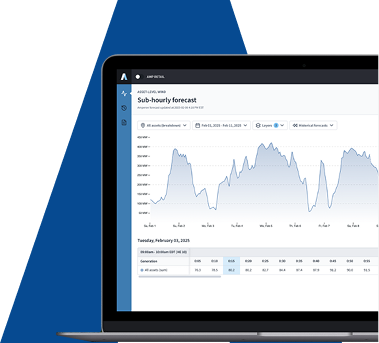
.svg)


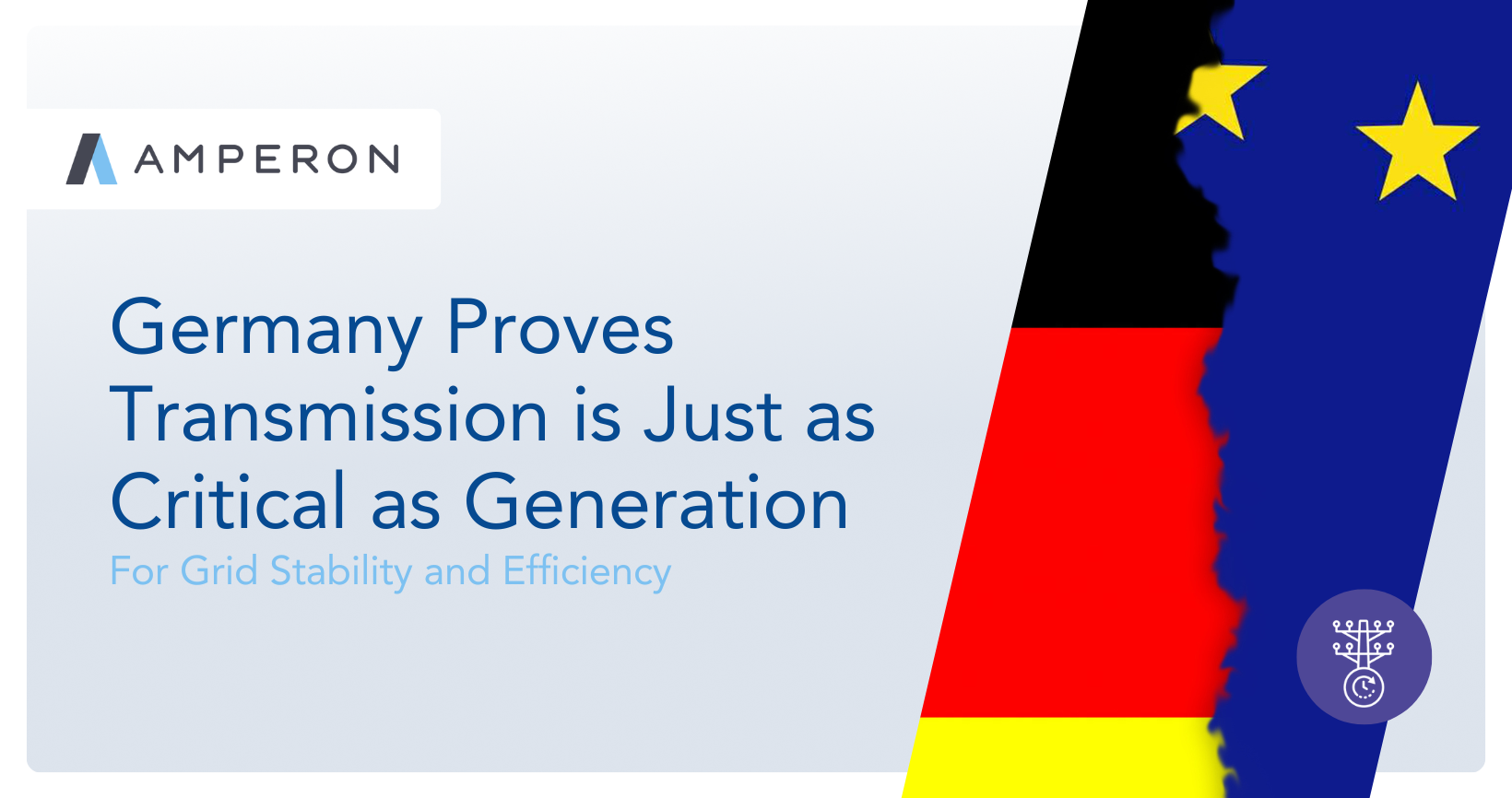




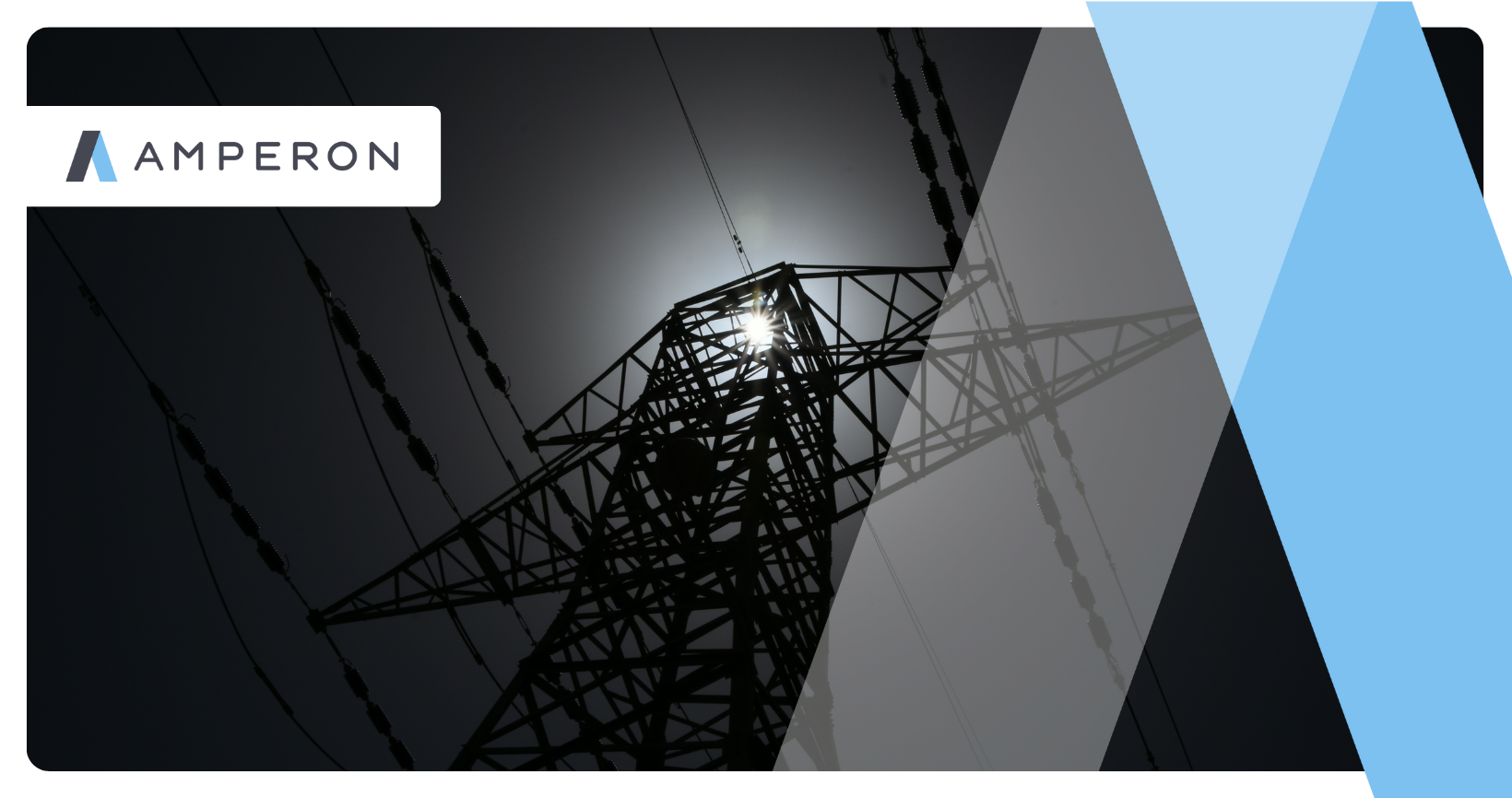

%20(3).png)
%20(2).png)
%20(1).png)

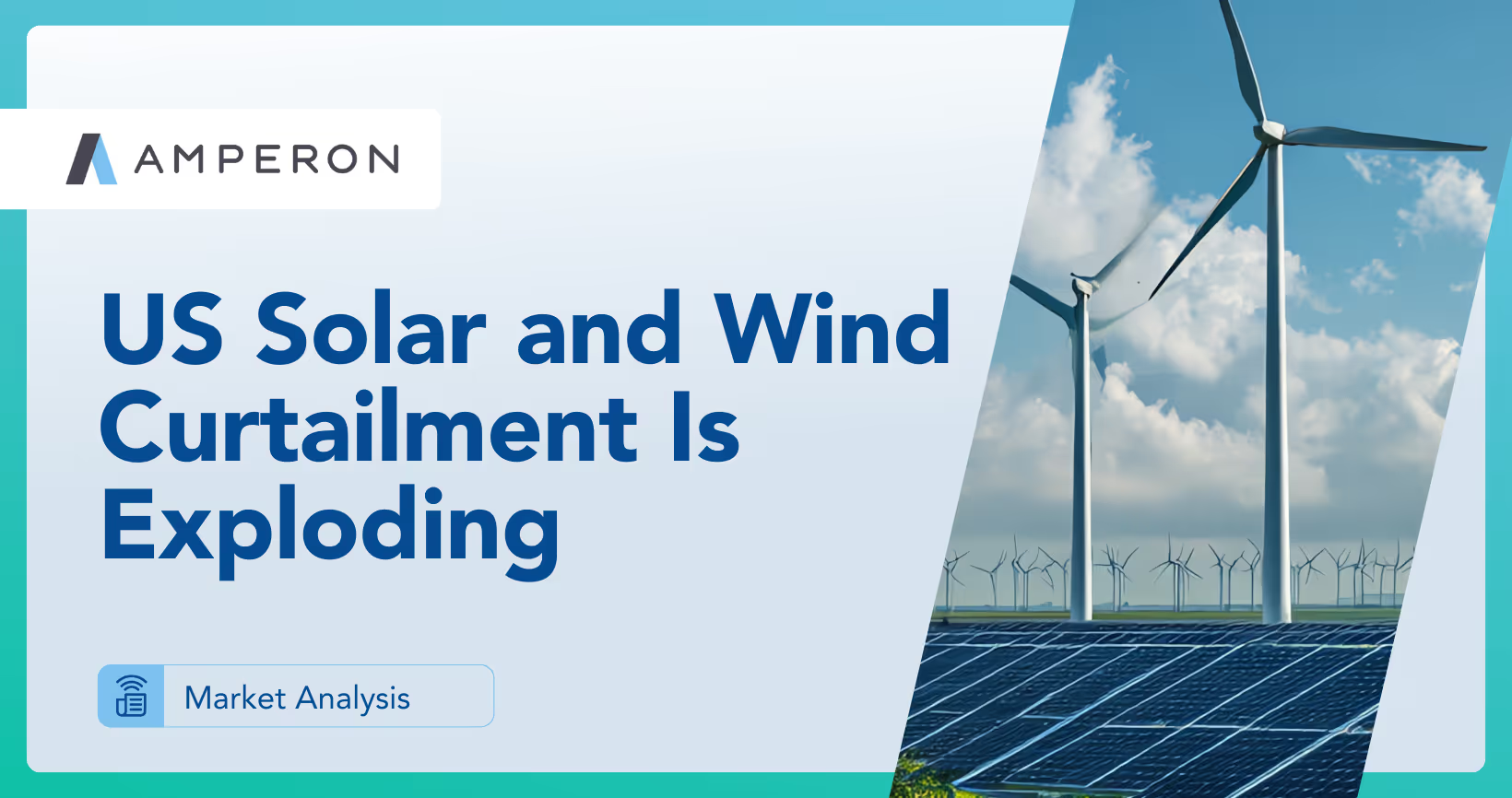

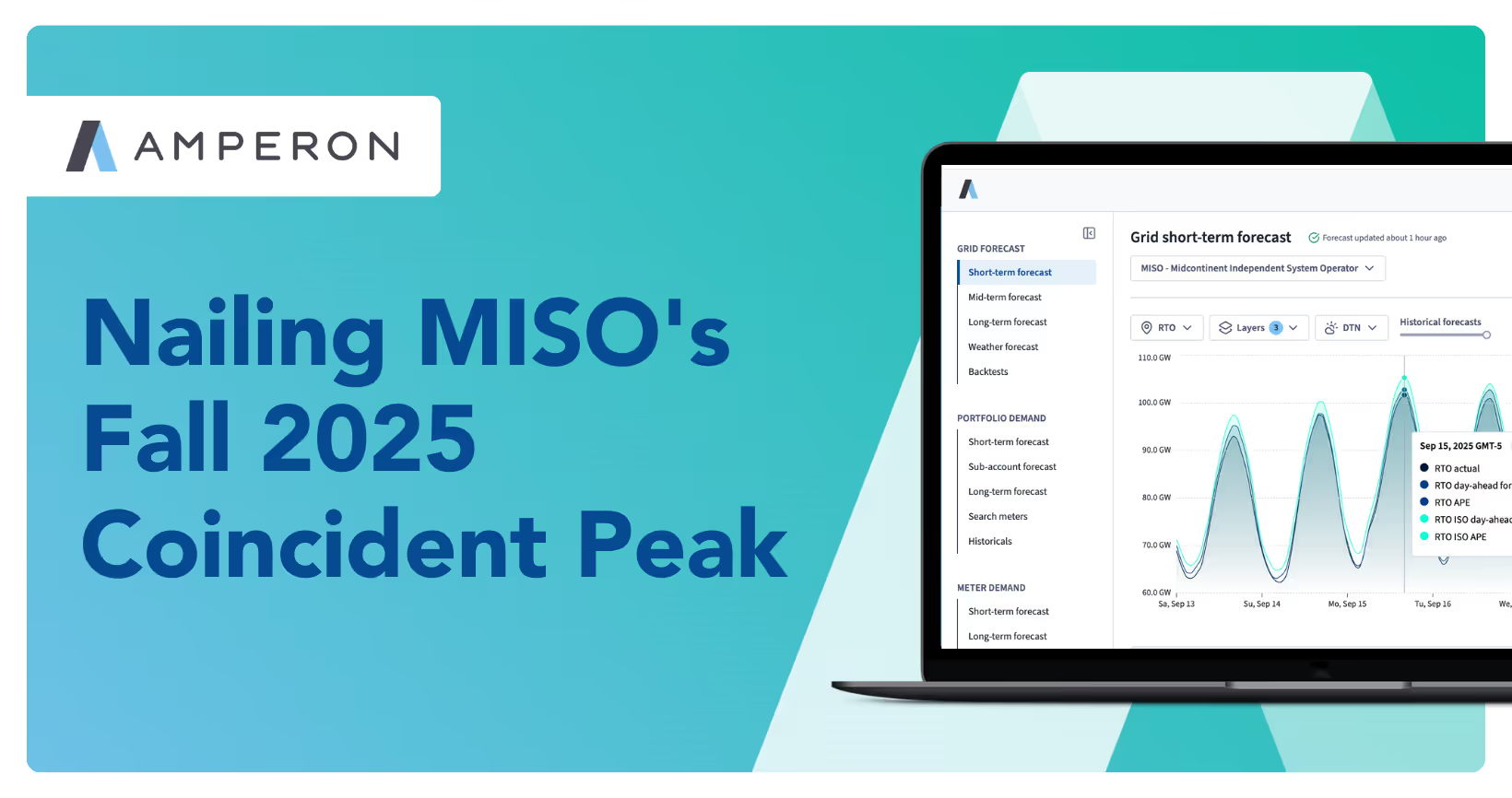


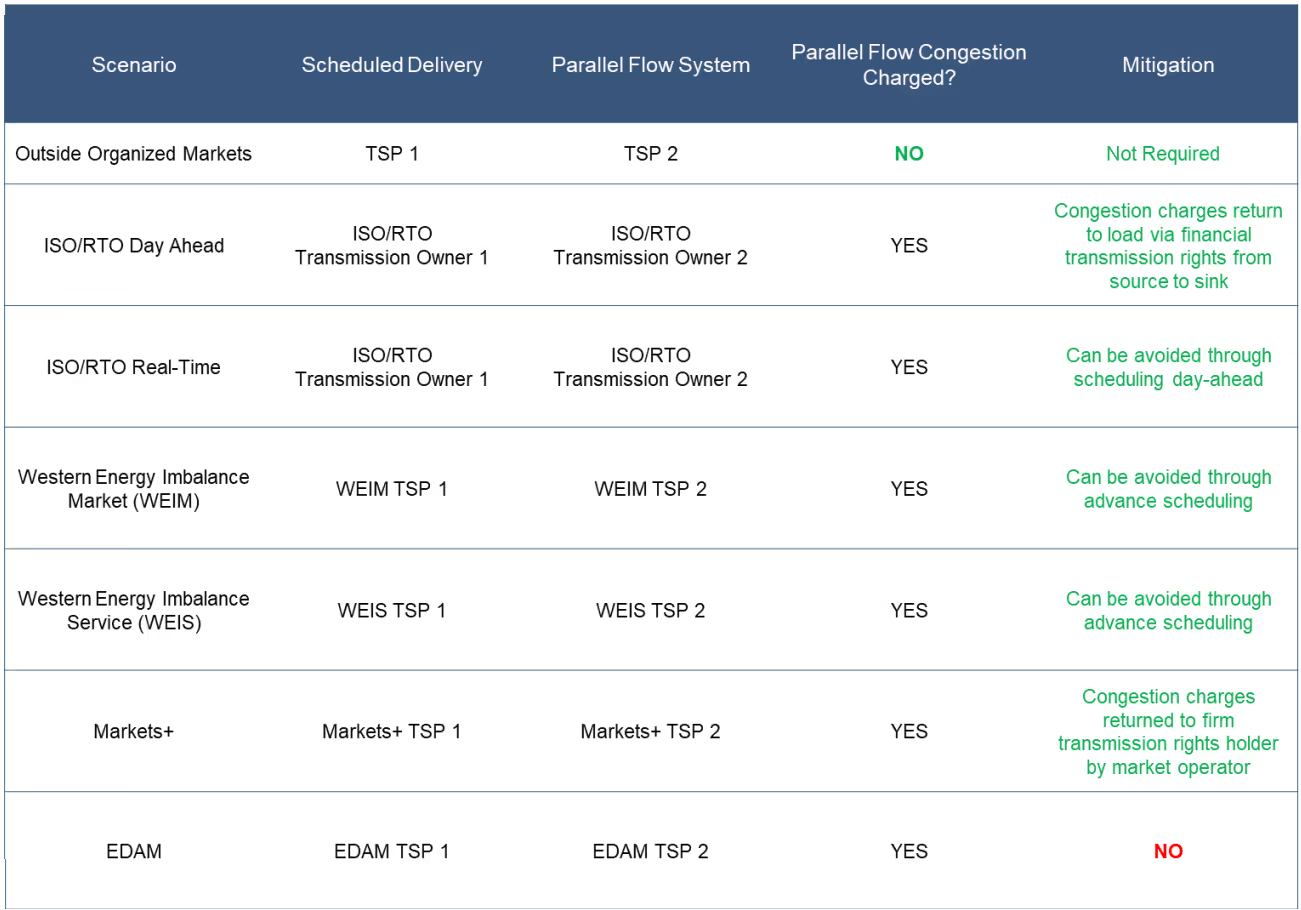
.png)

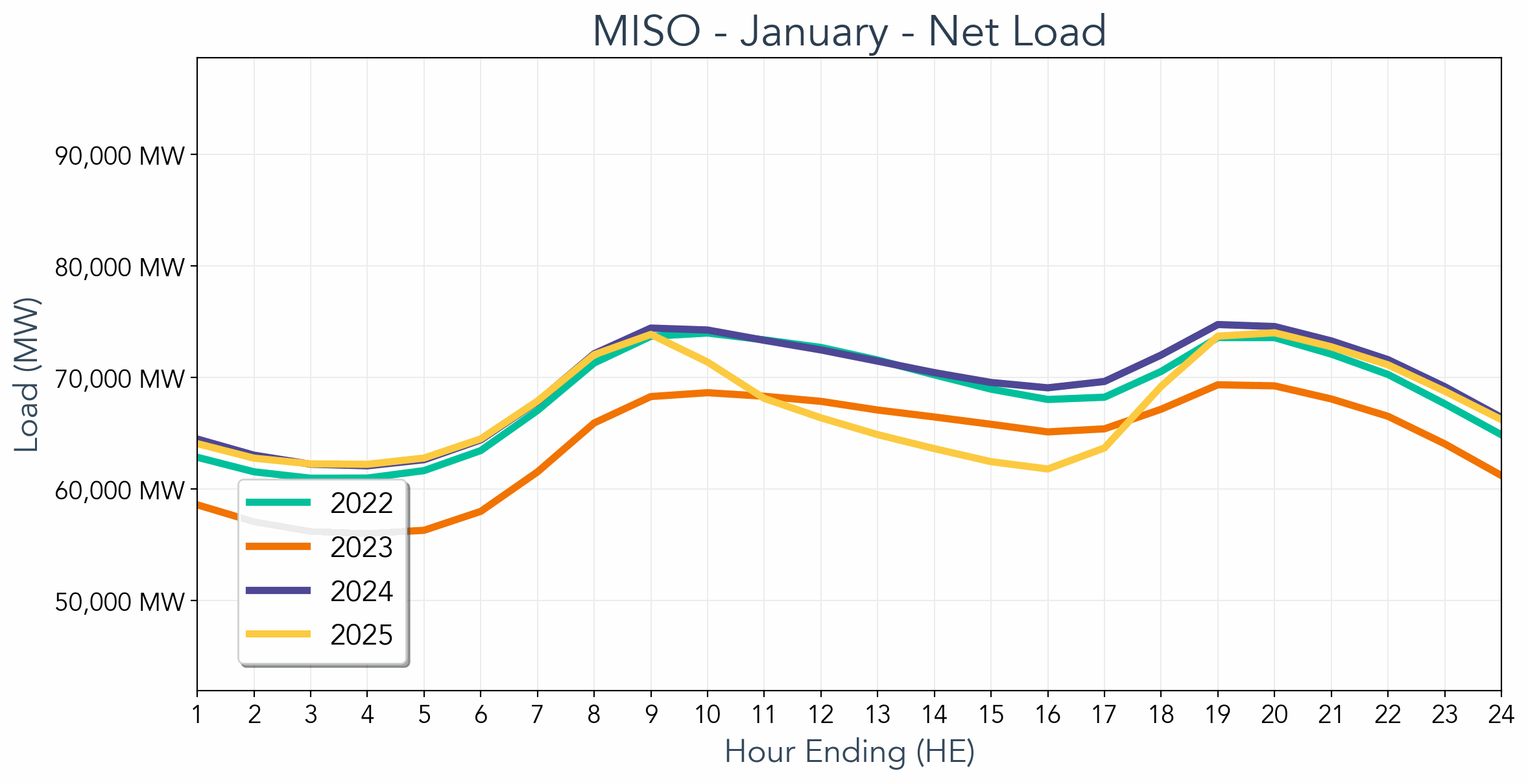

.avif)



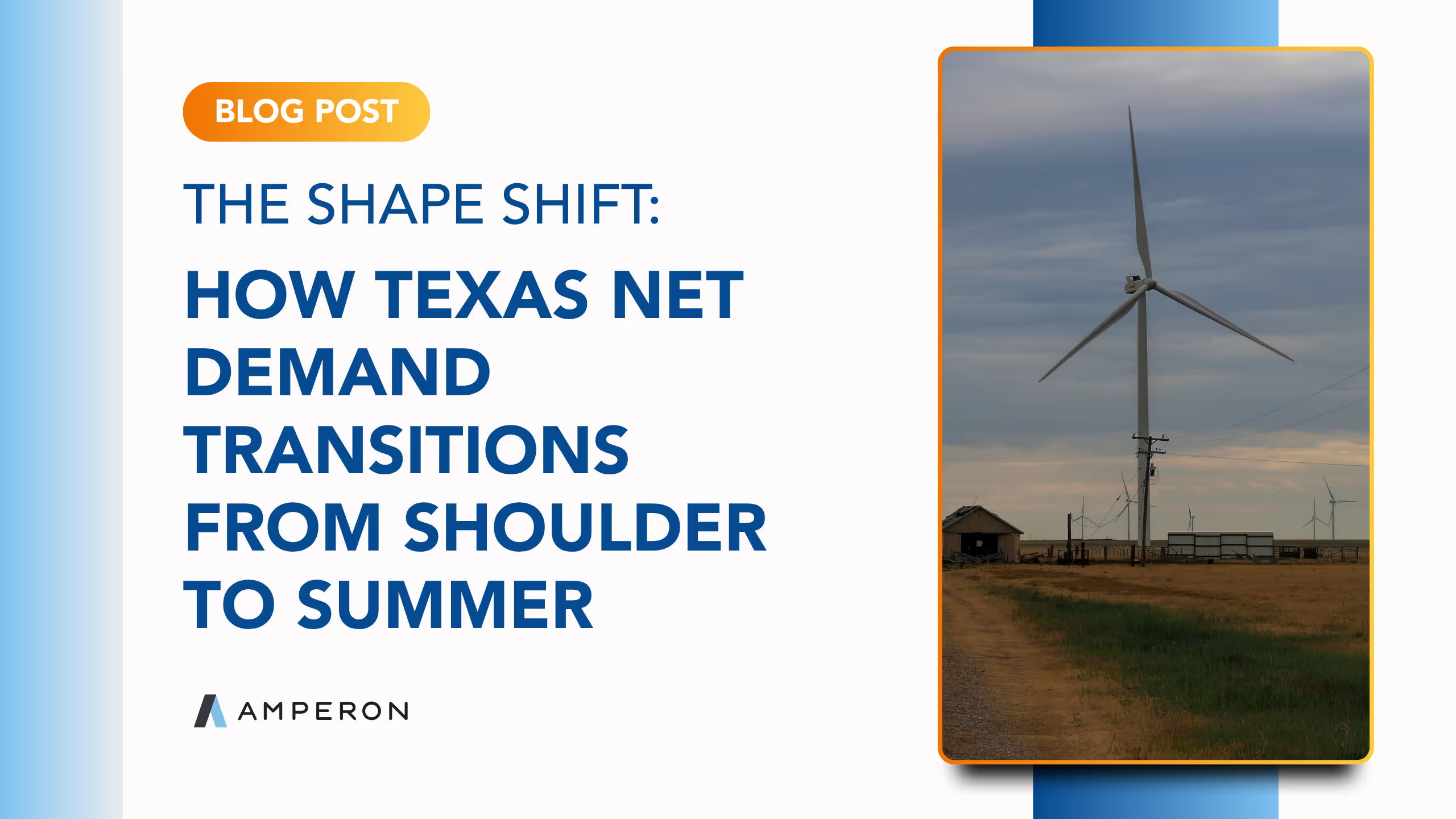
.avif)
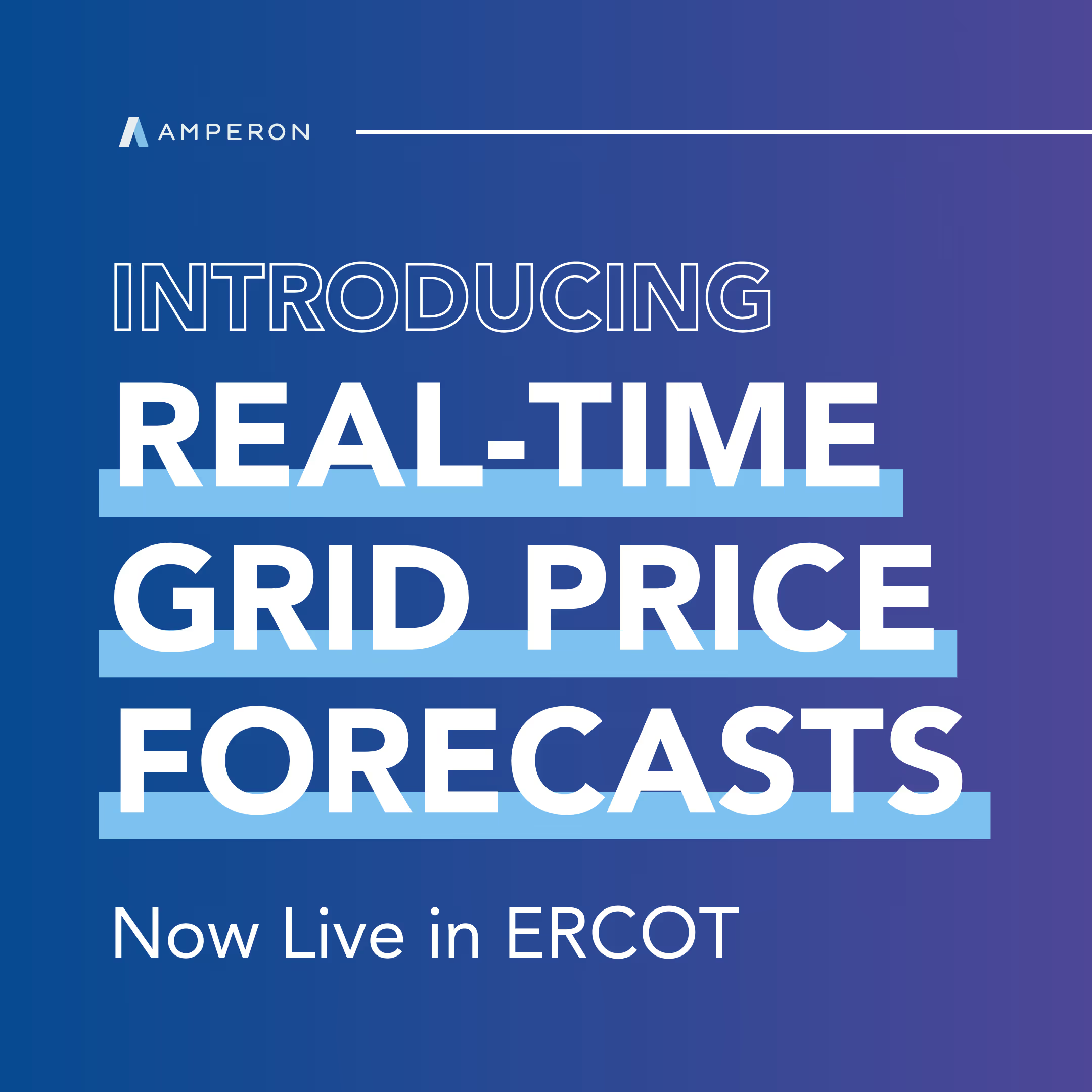
.avif)
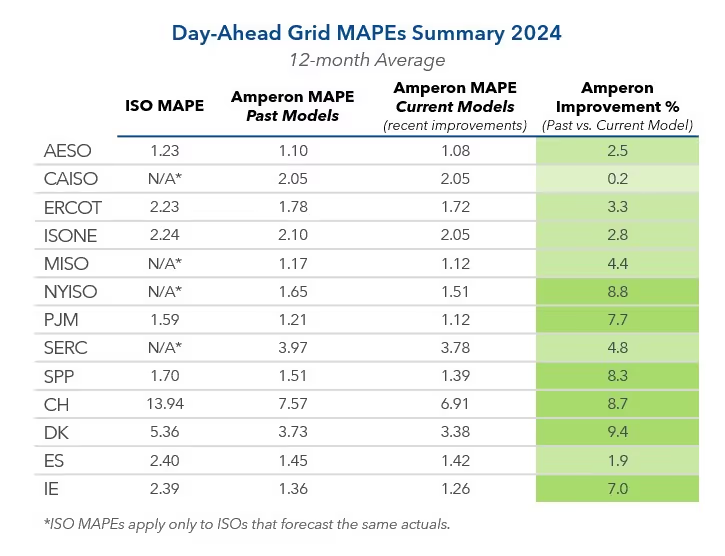

.avif)


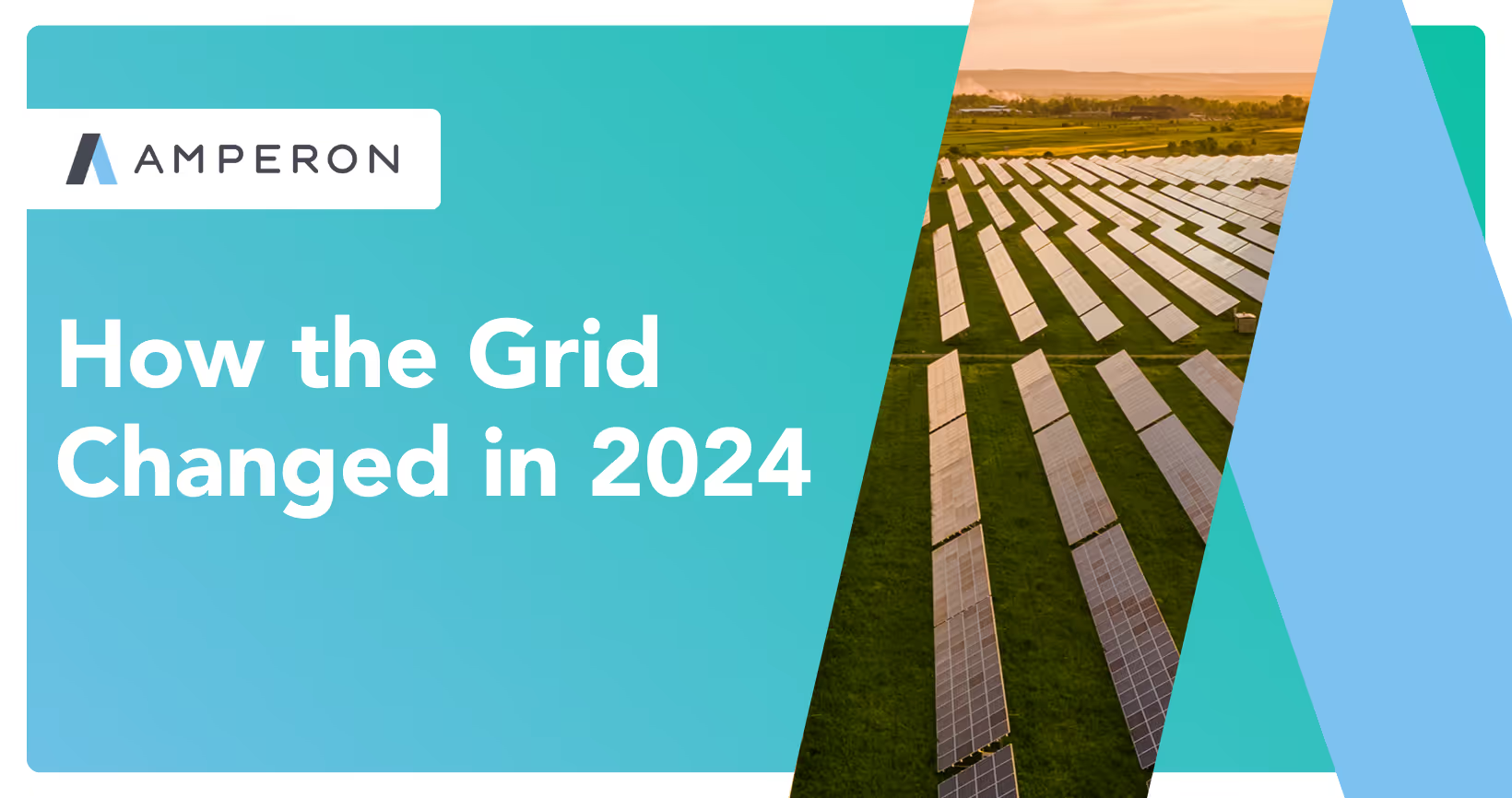
.avif)
%20(15).avif)

.avif)
%20(10).avif)

.avif)


.avif)

.avif)

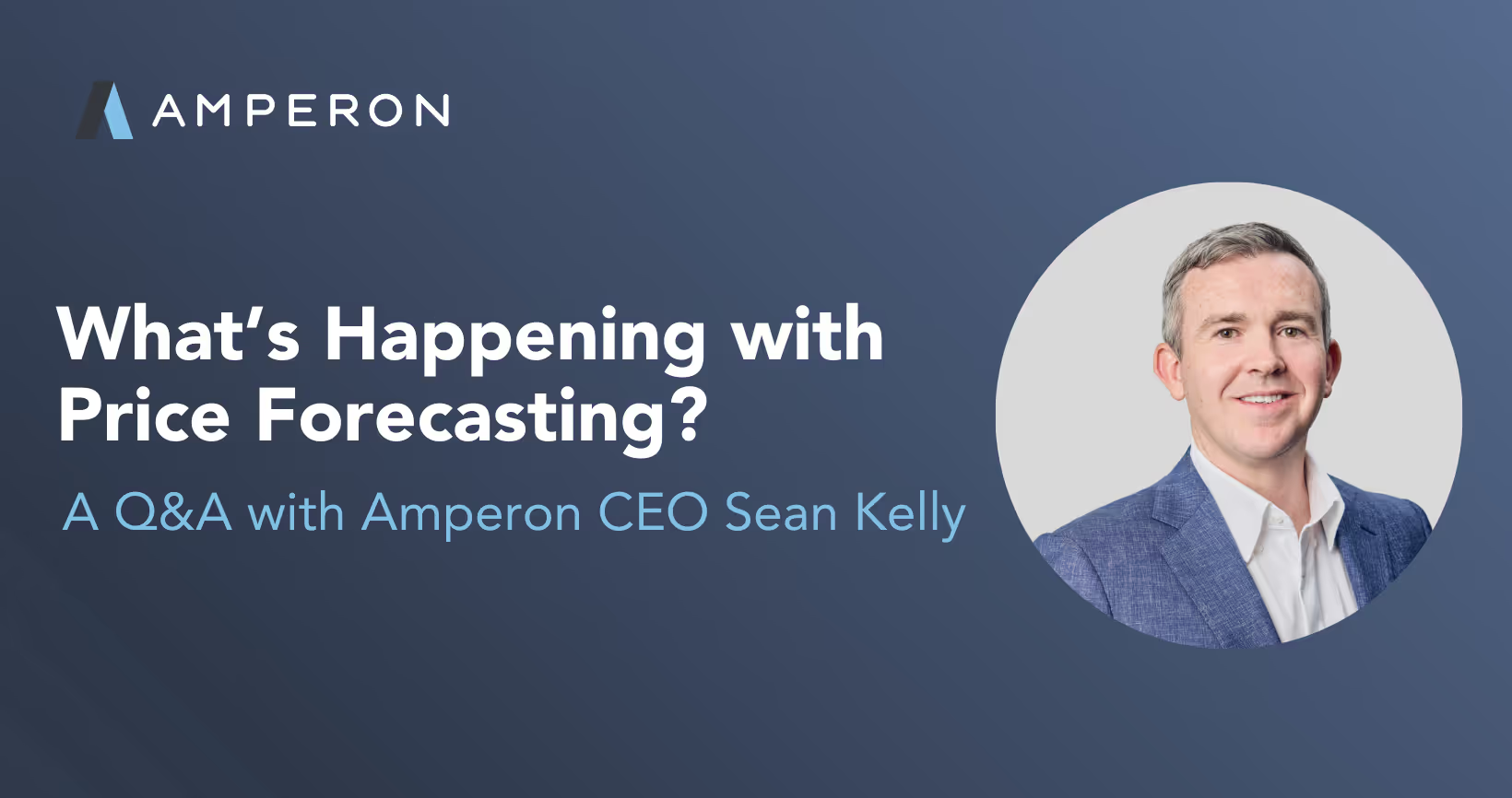

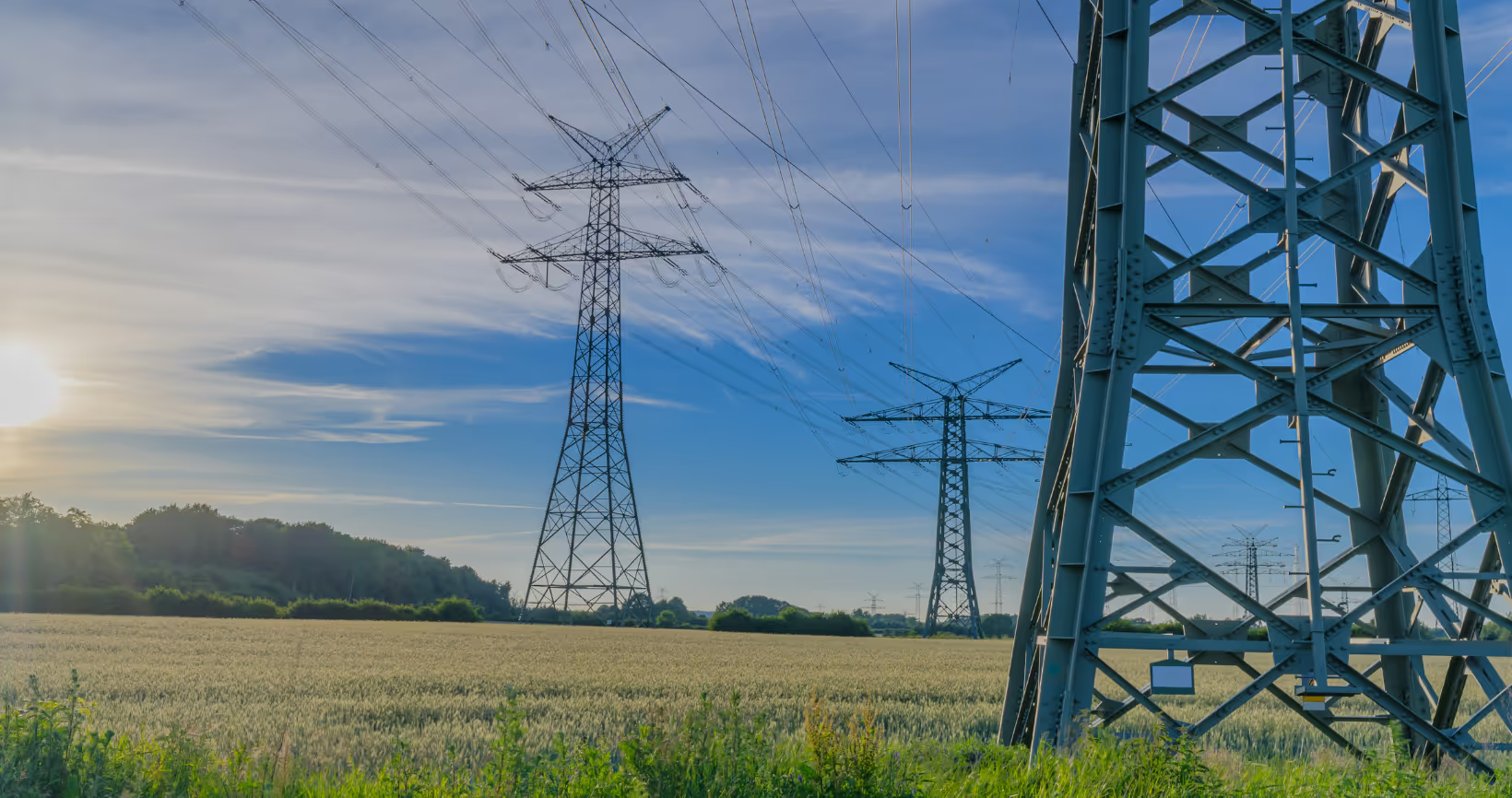


.avif)
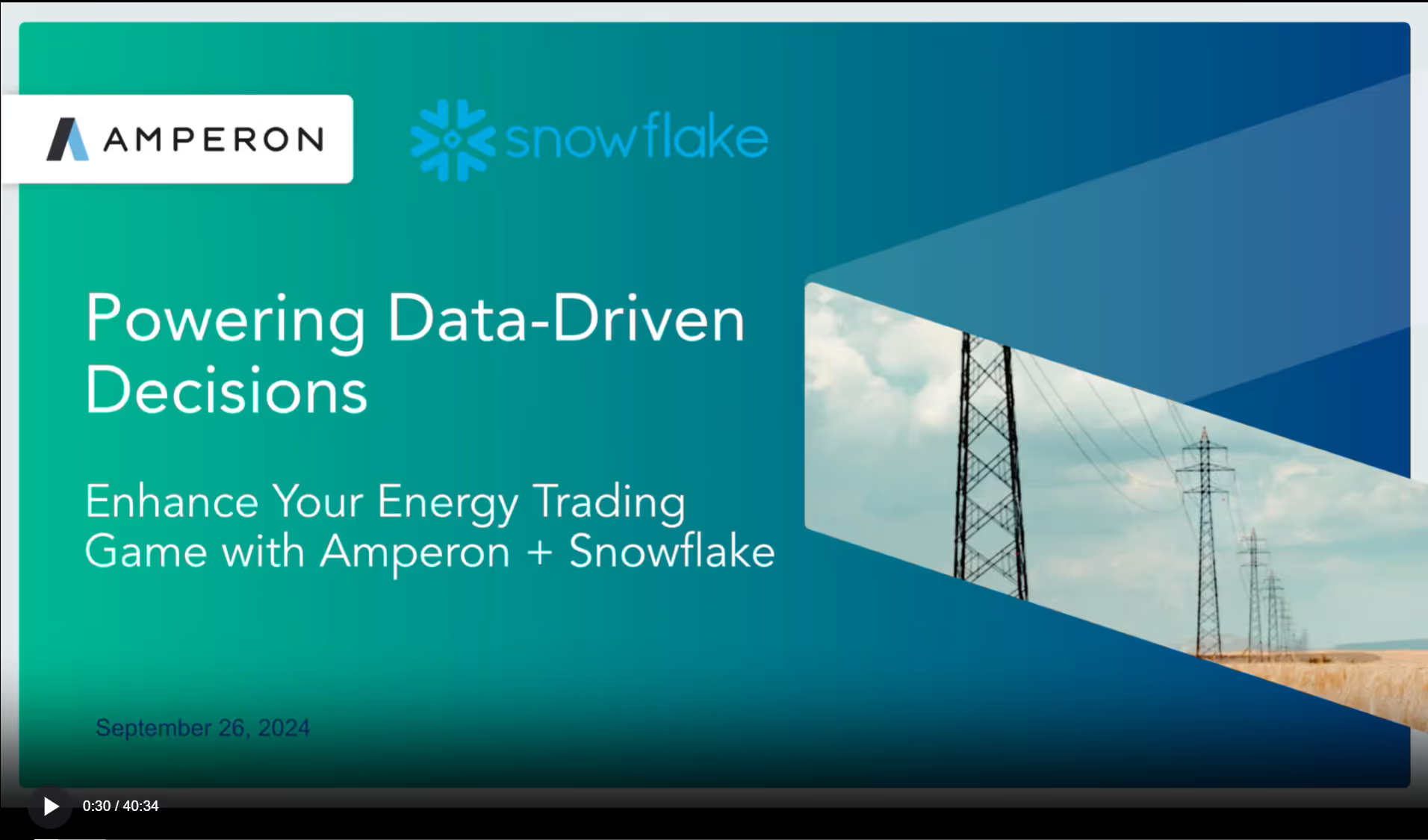


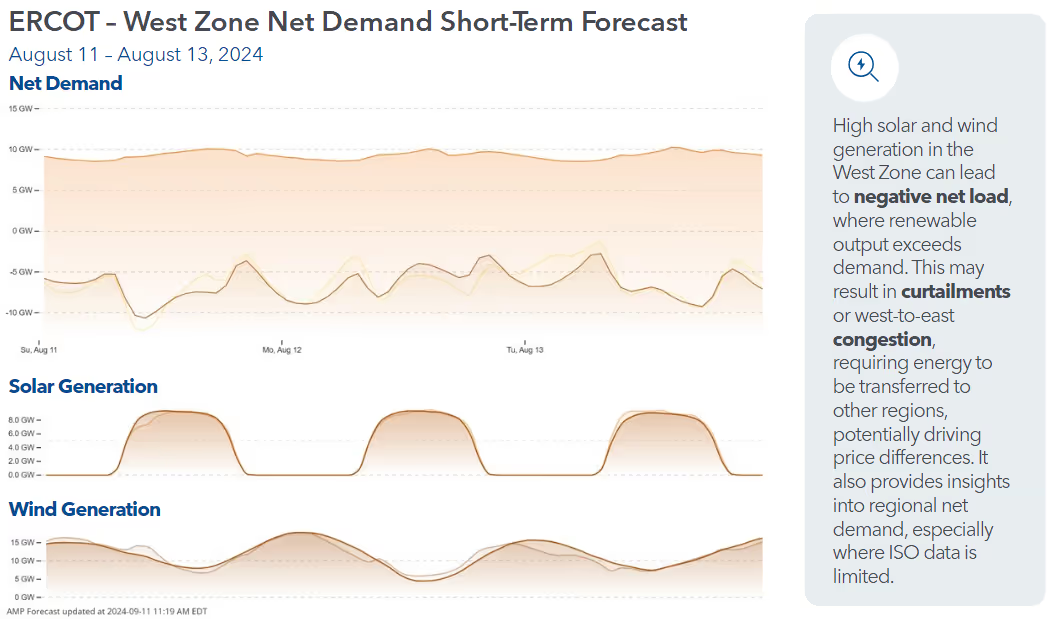
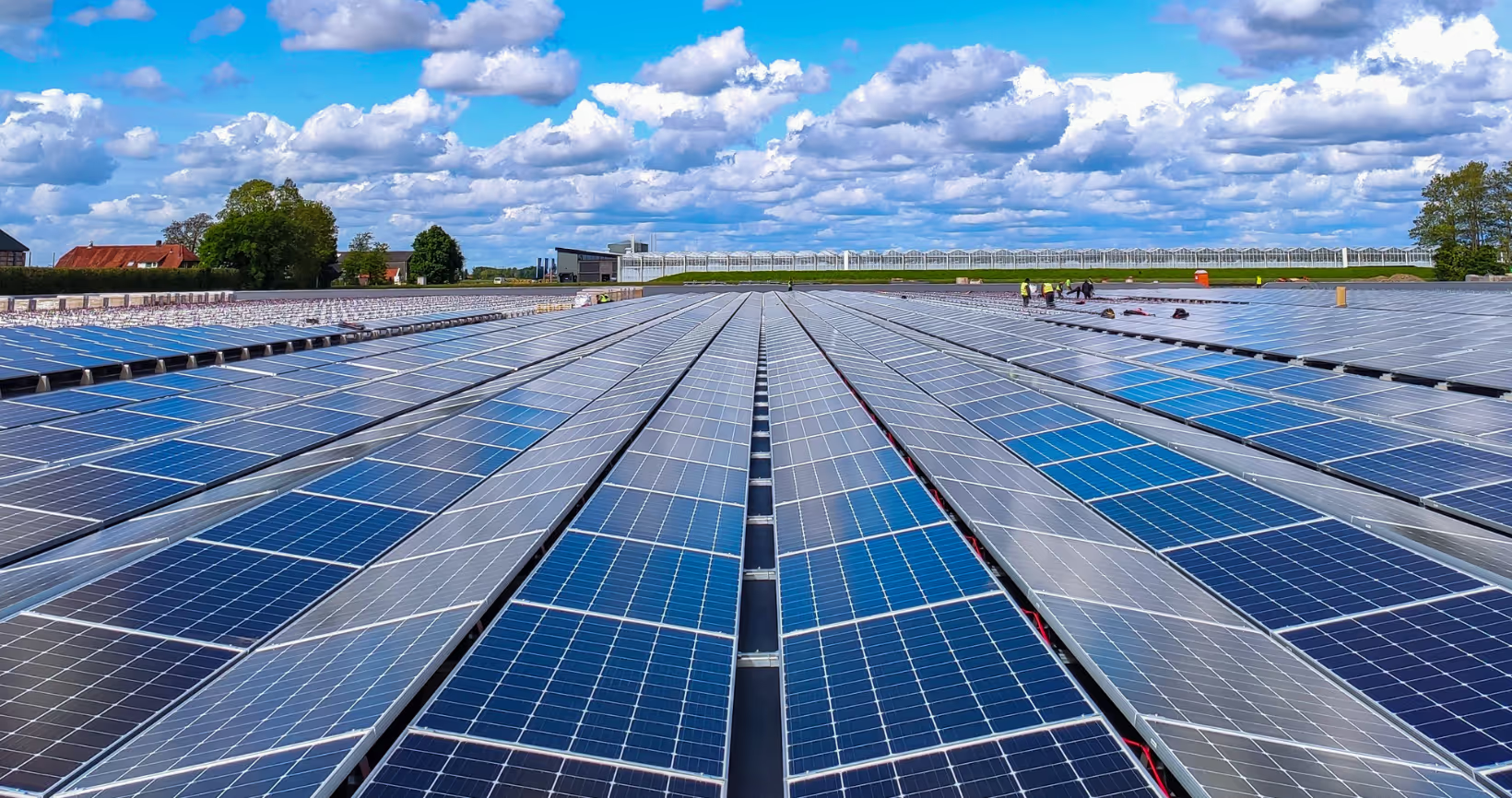




.avif)

.avif)

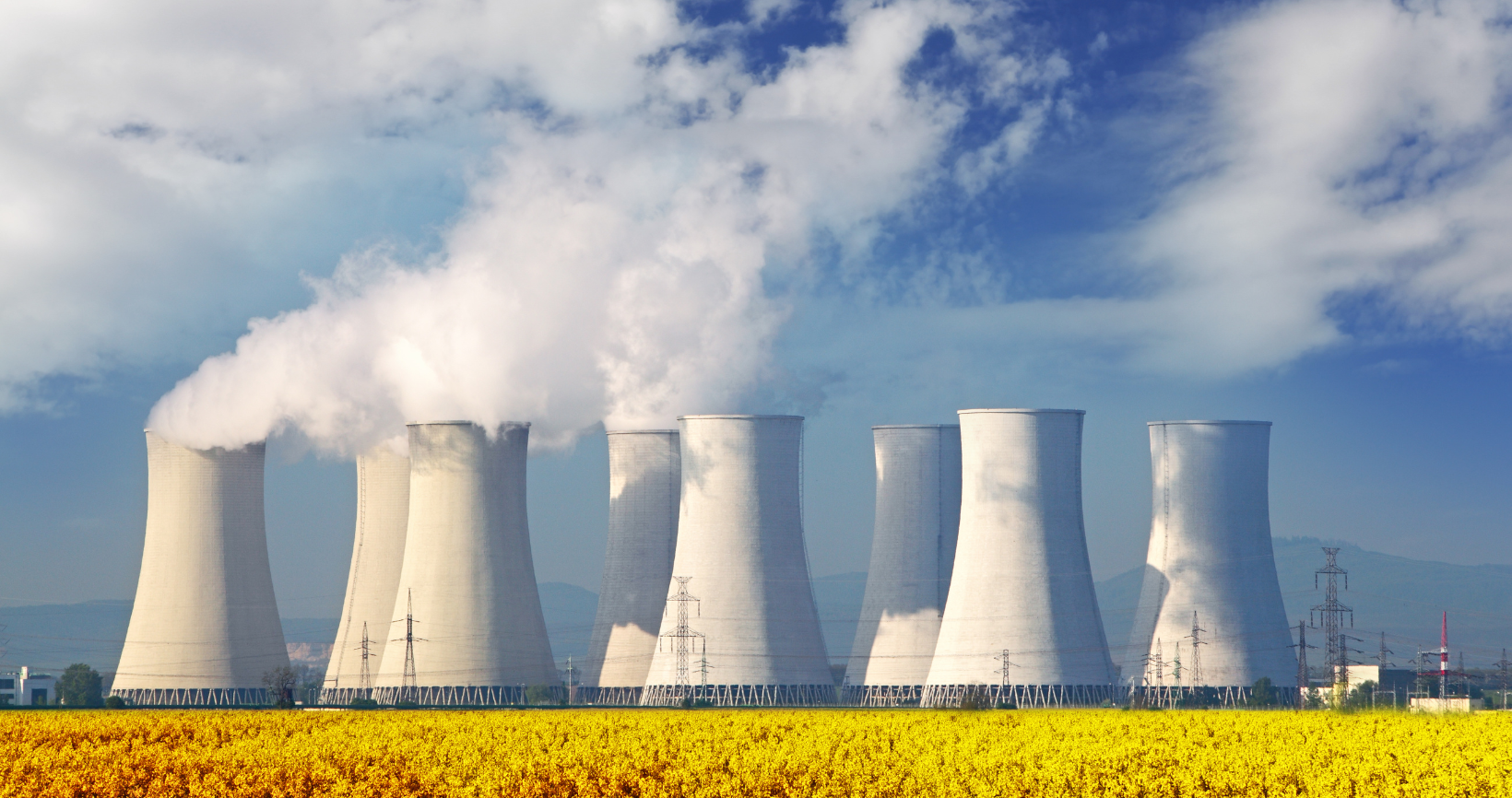


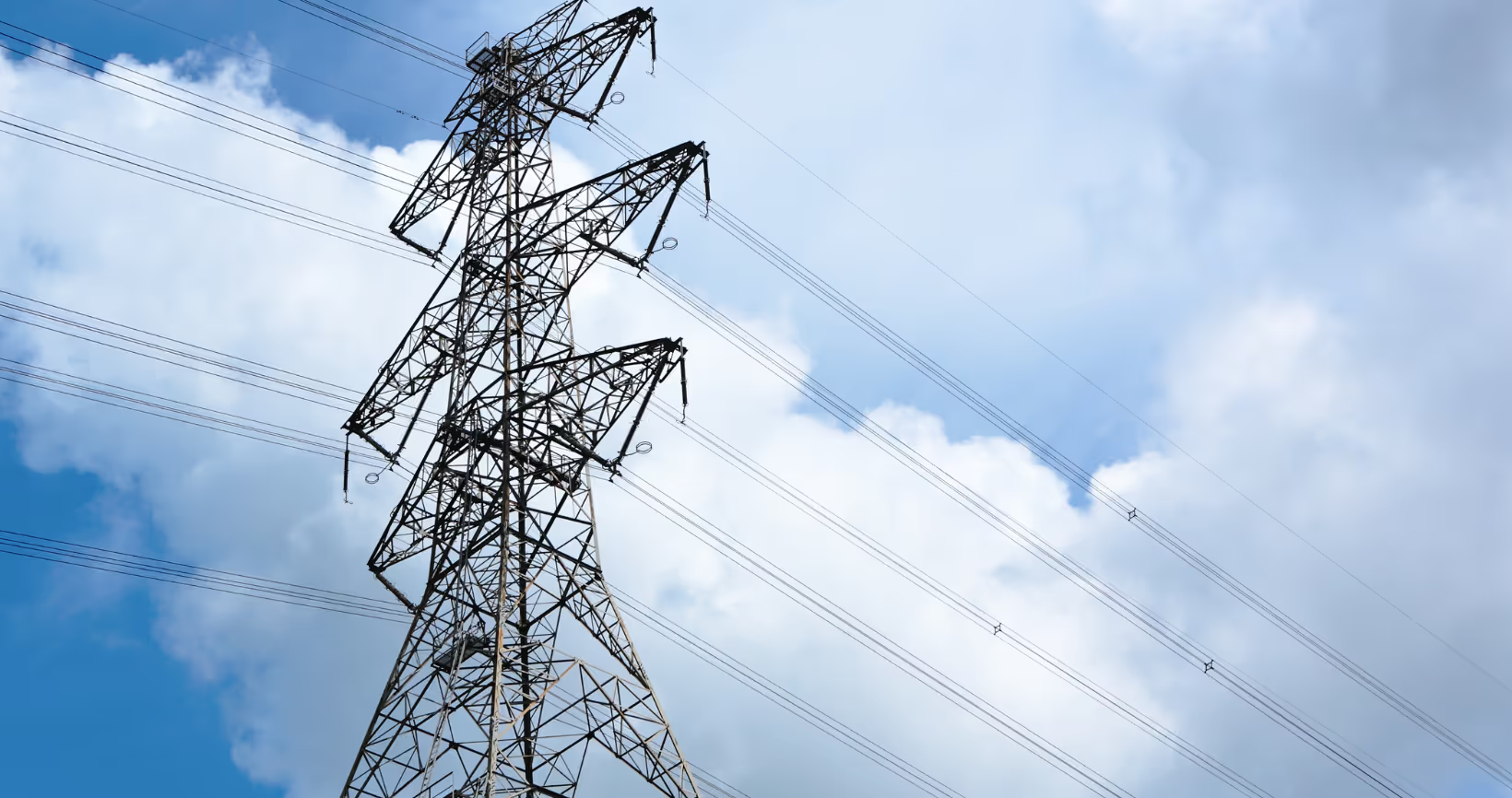
.avif)


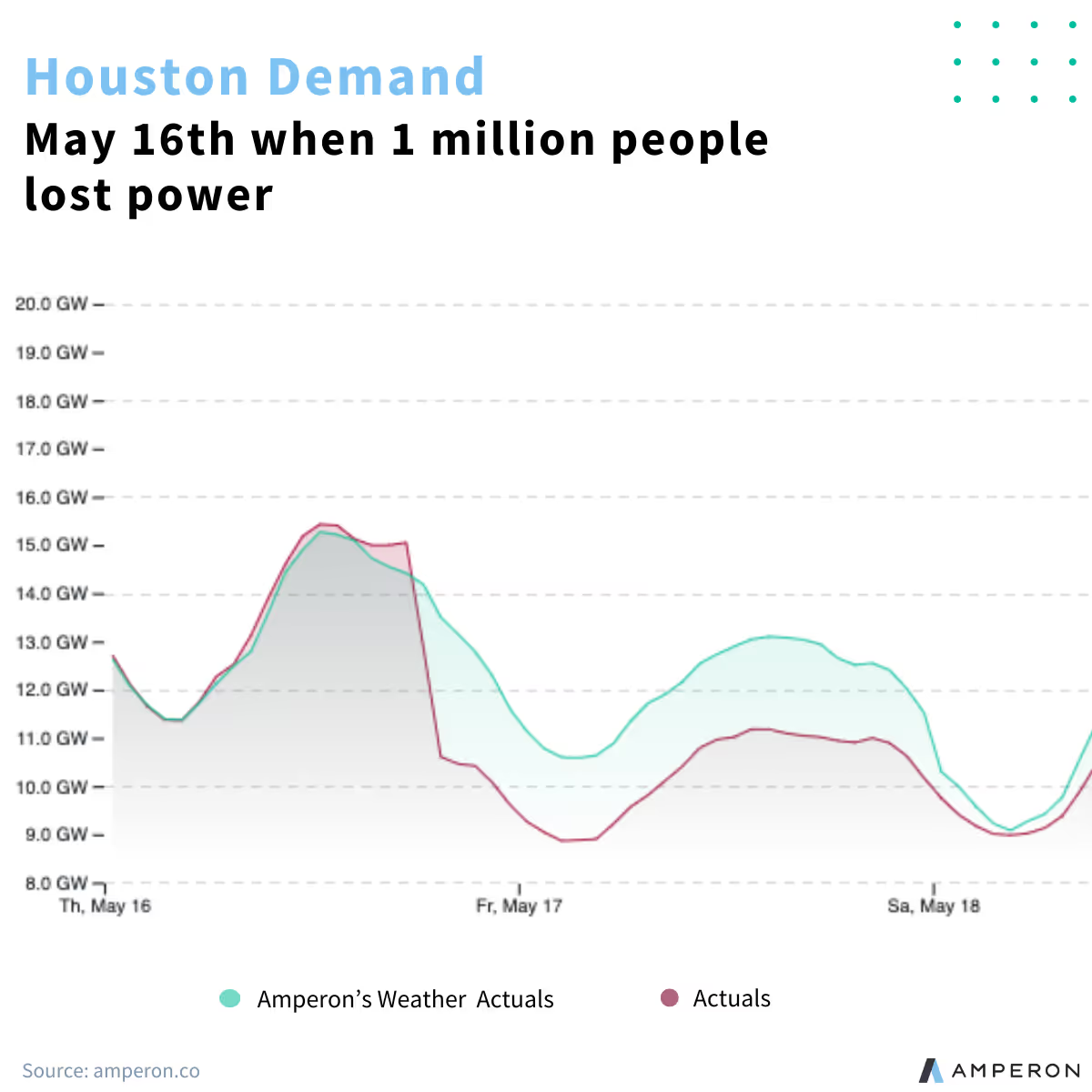
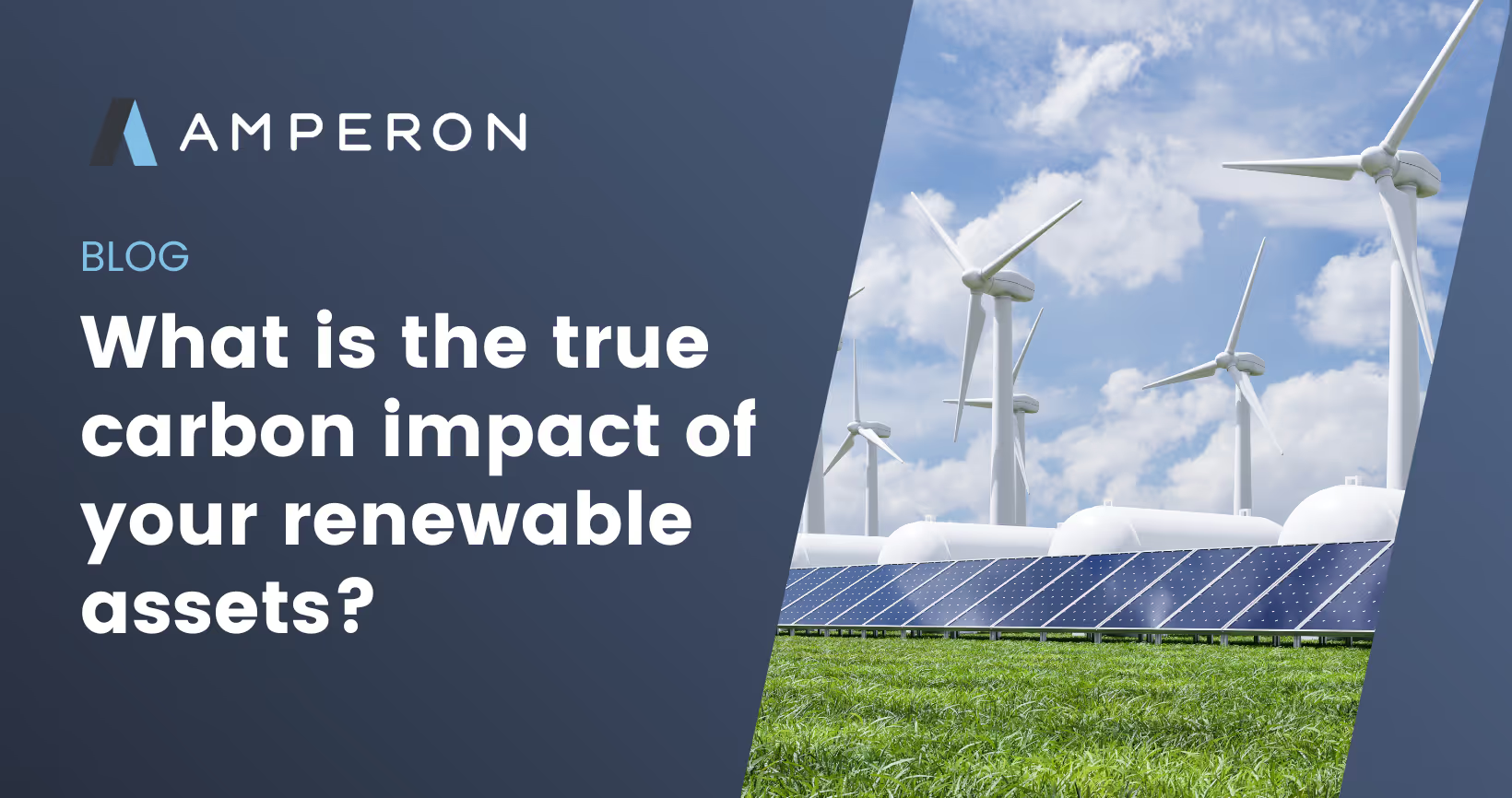

.avif)
.avif)



.avif)

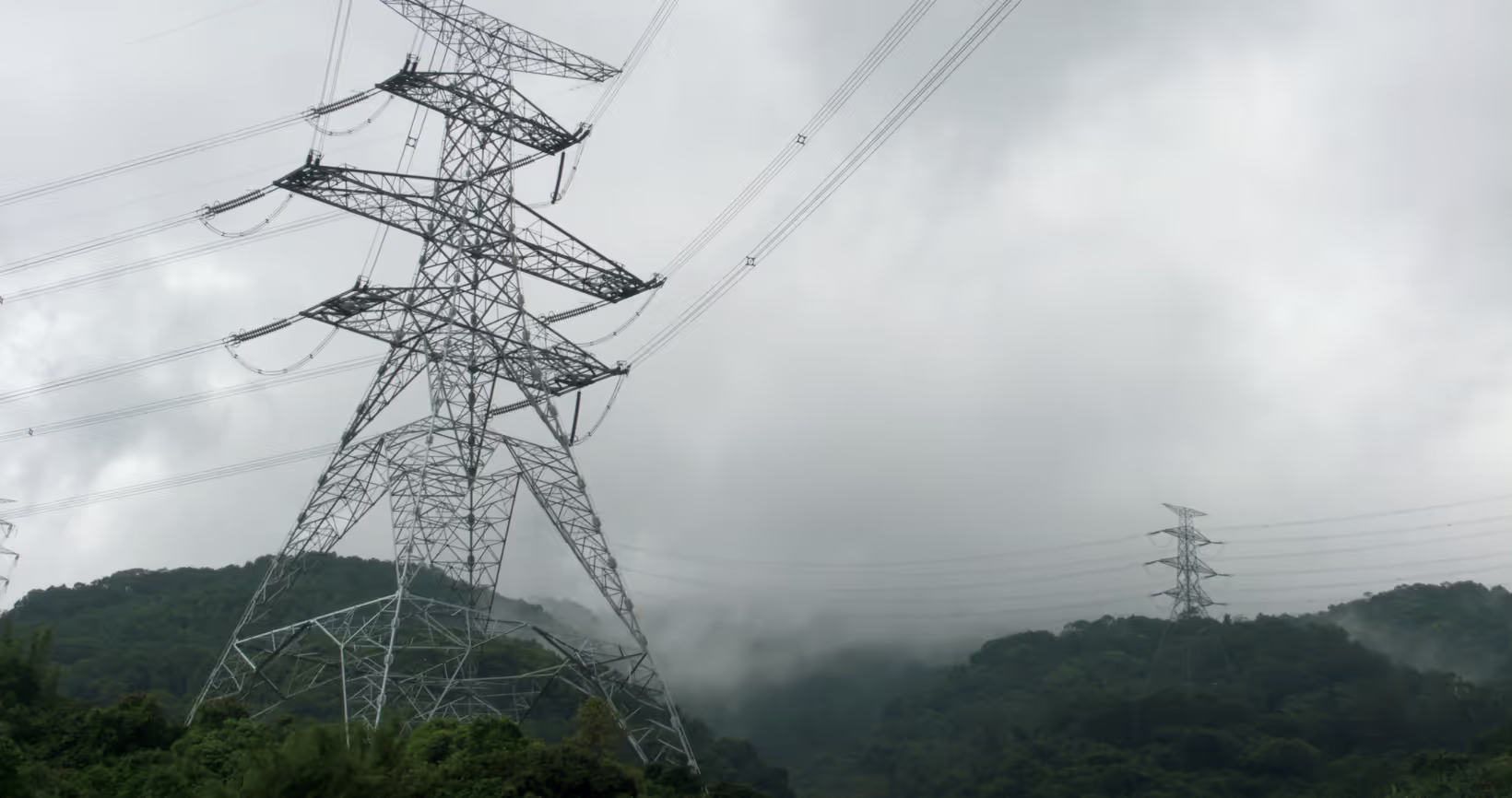


.avif)



